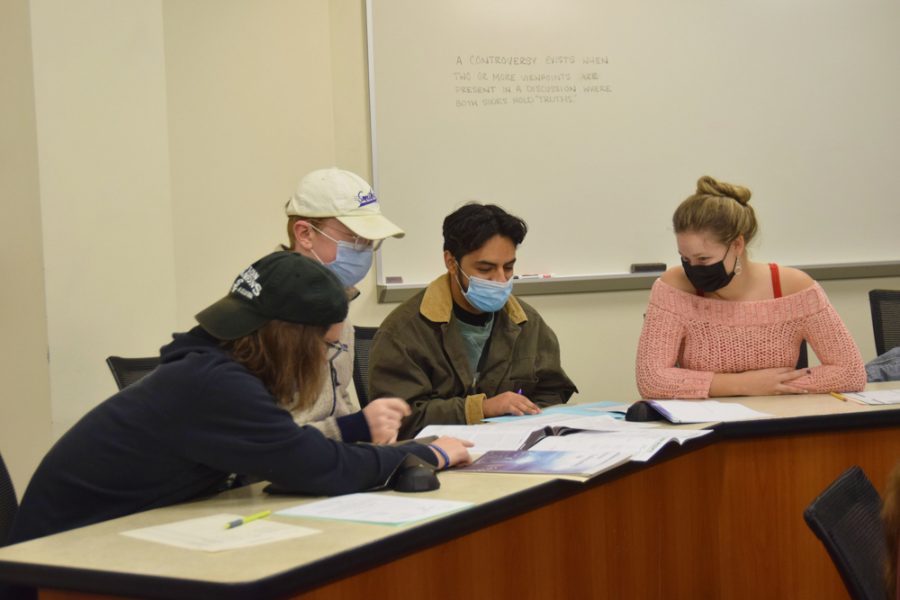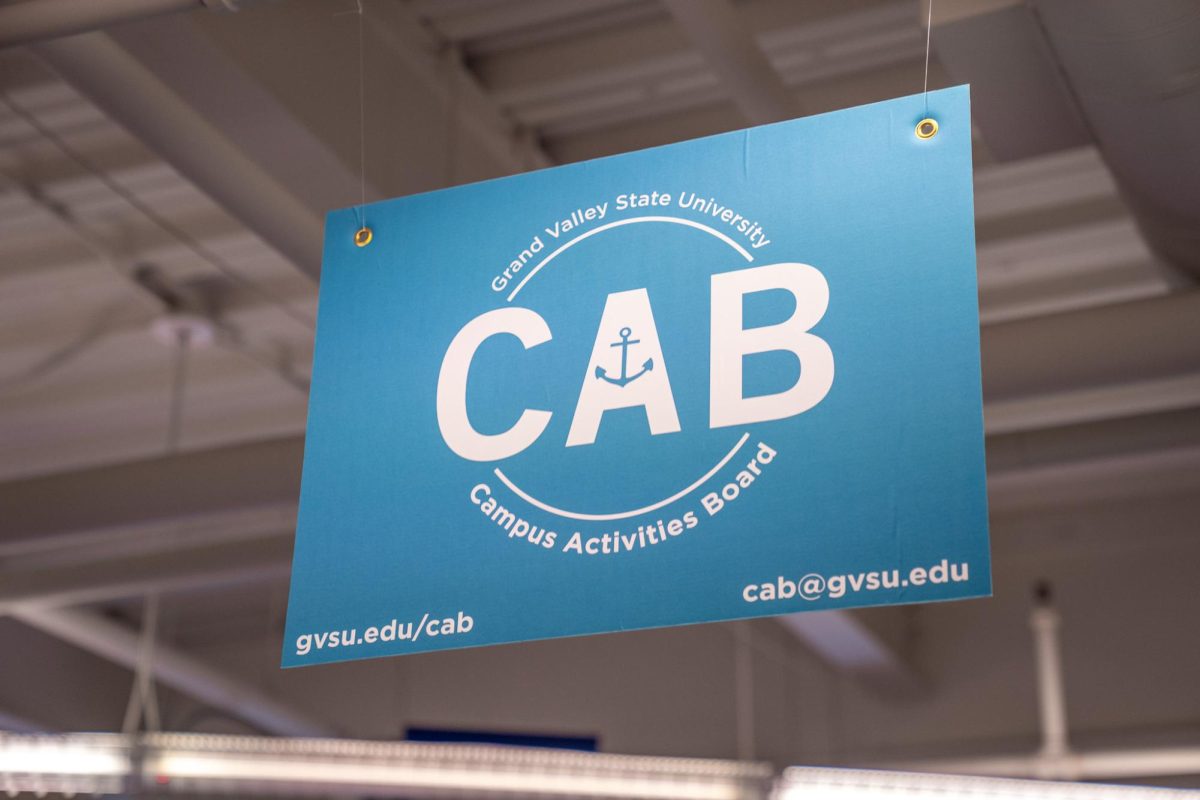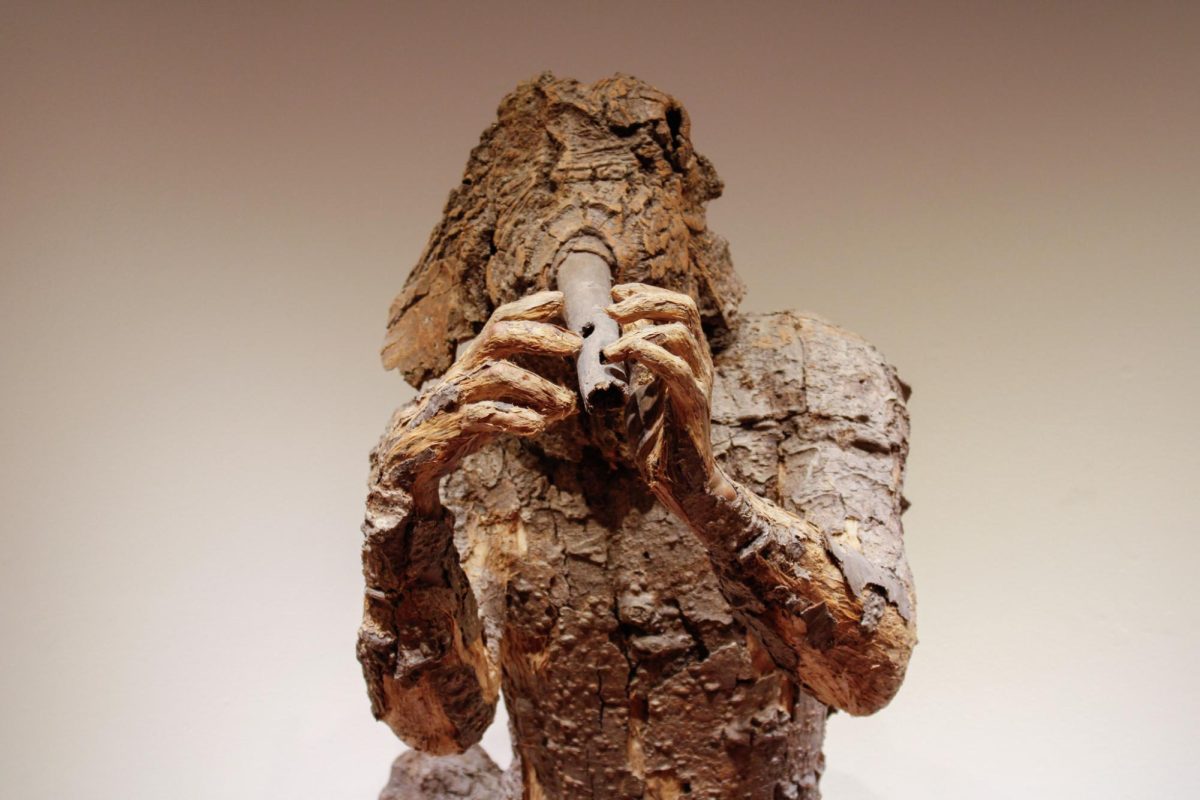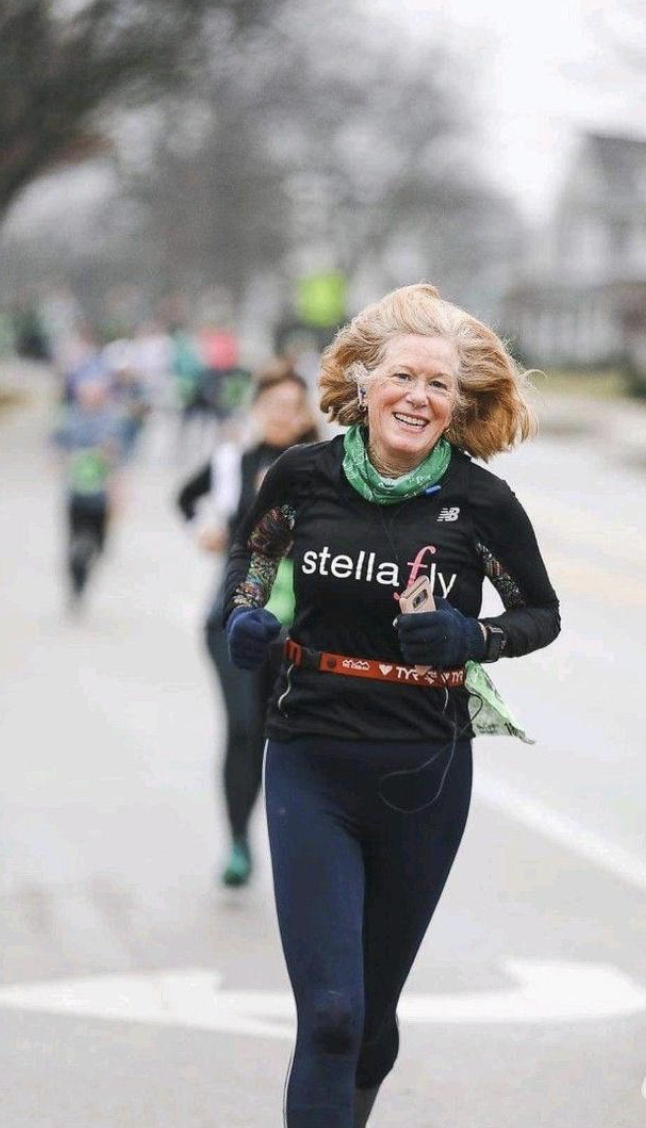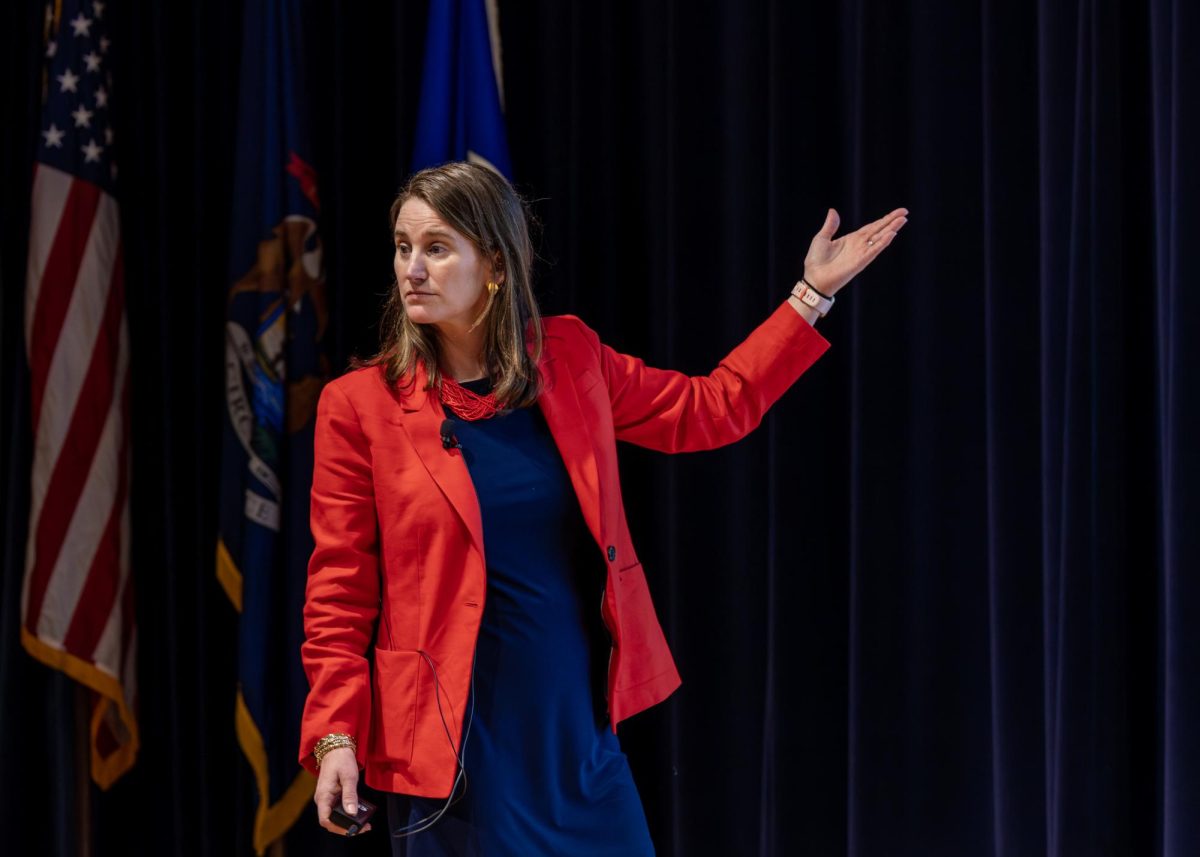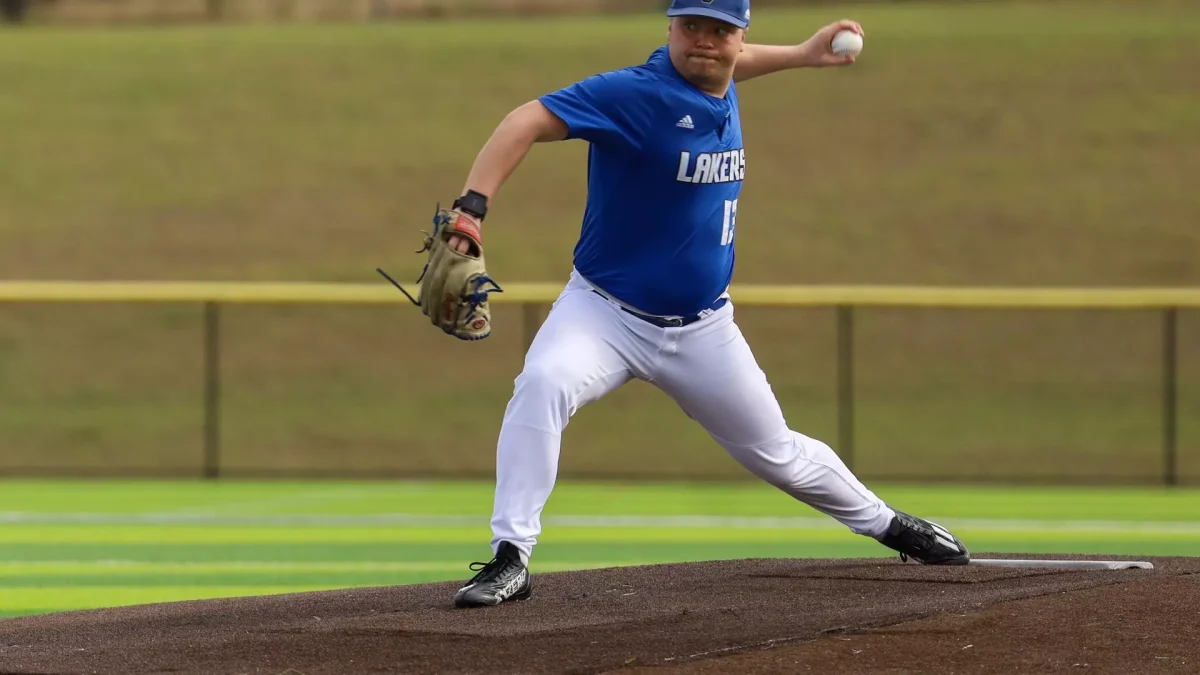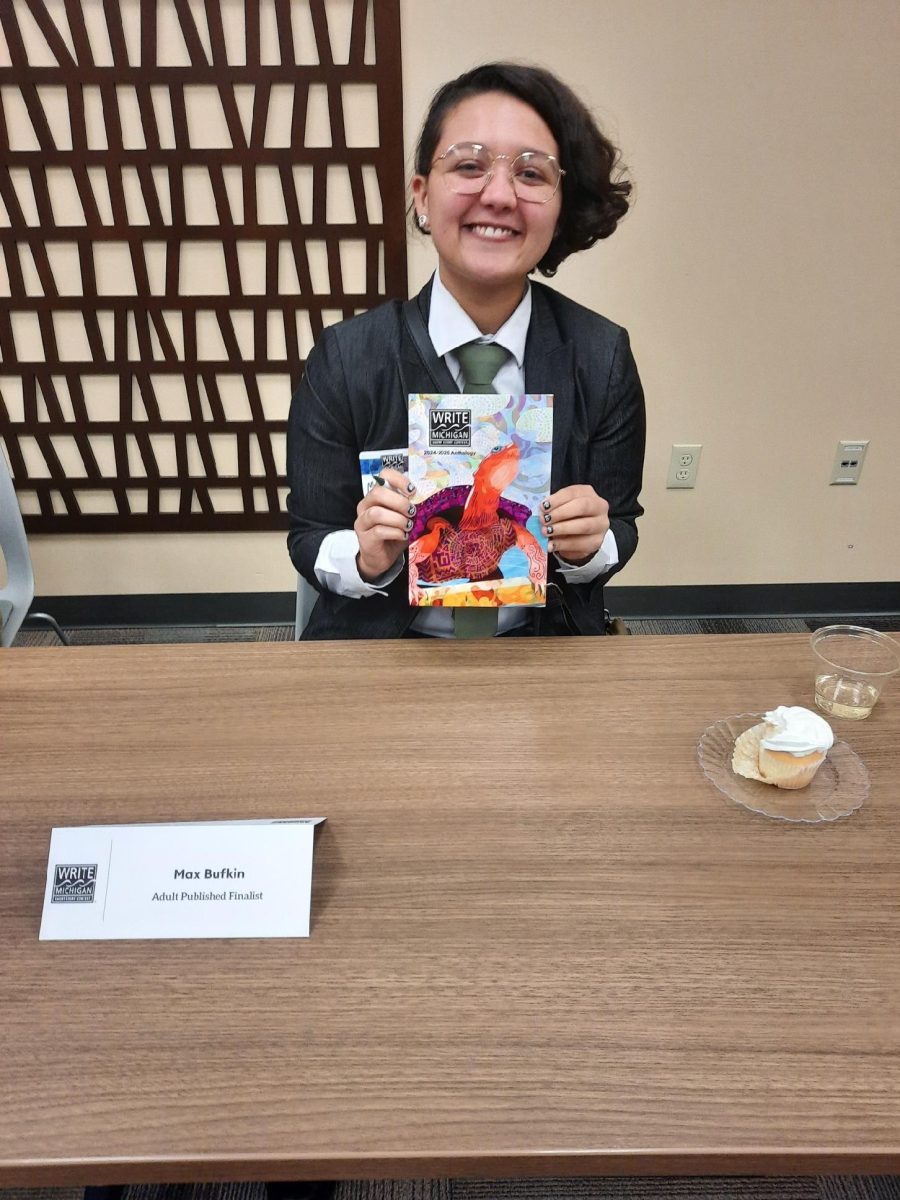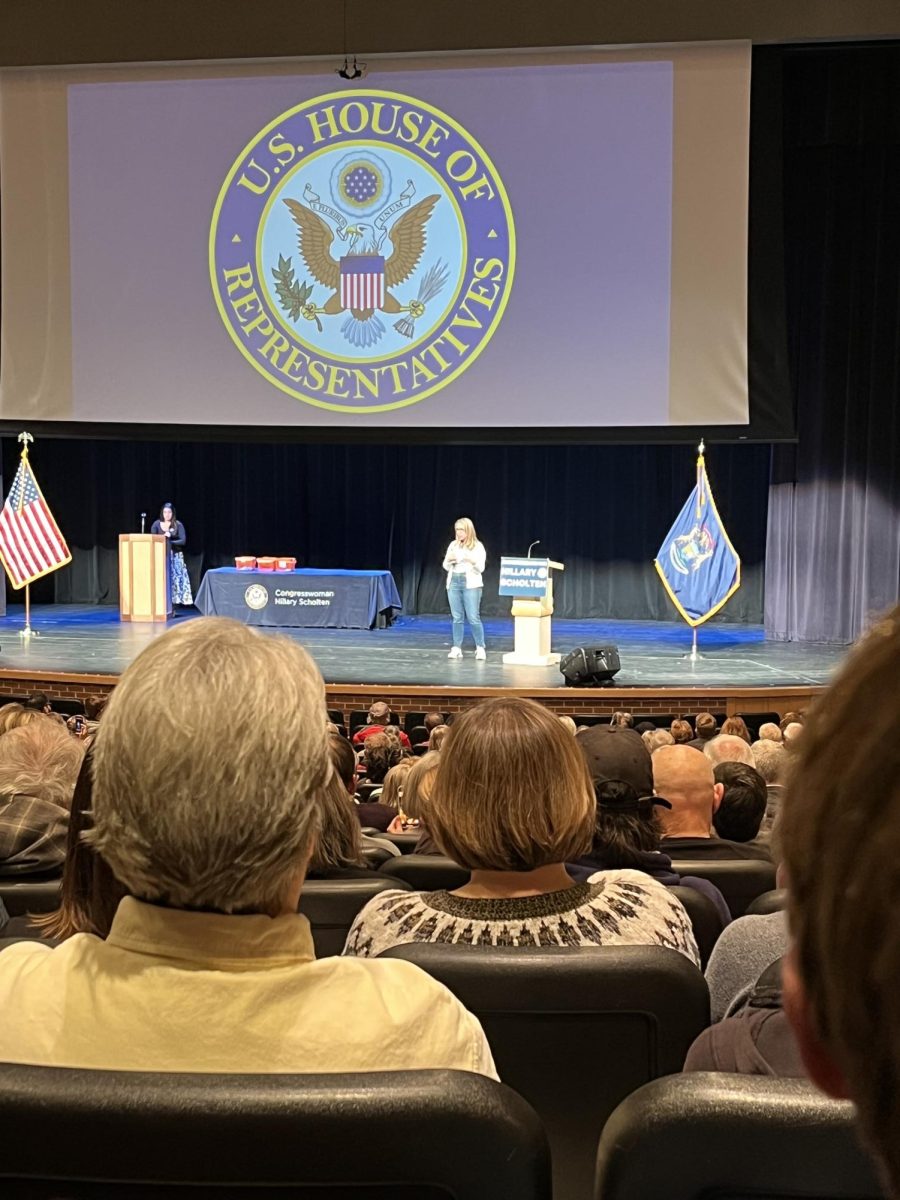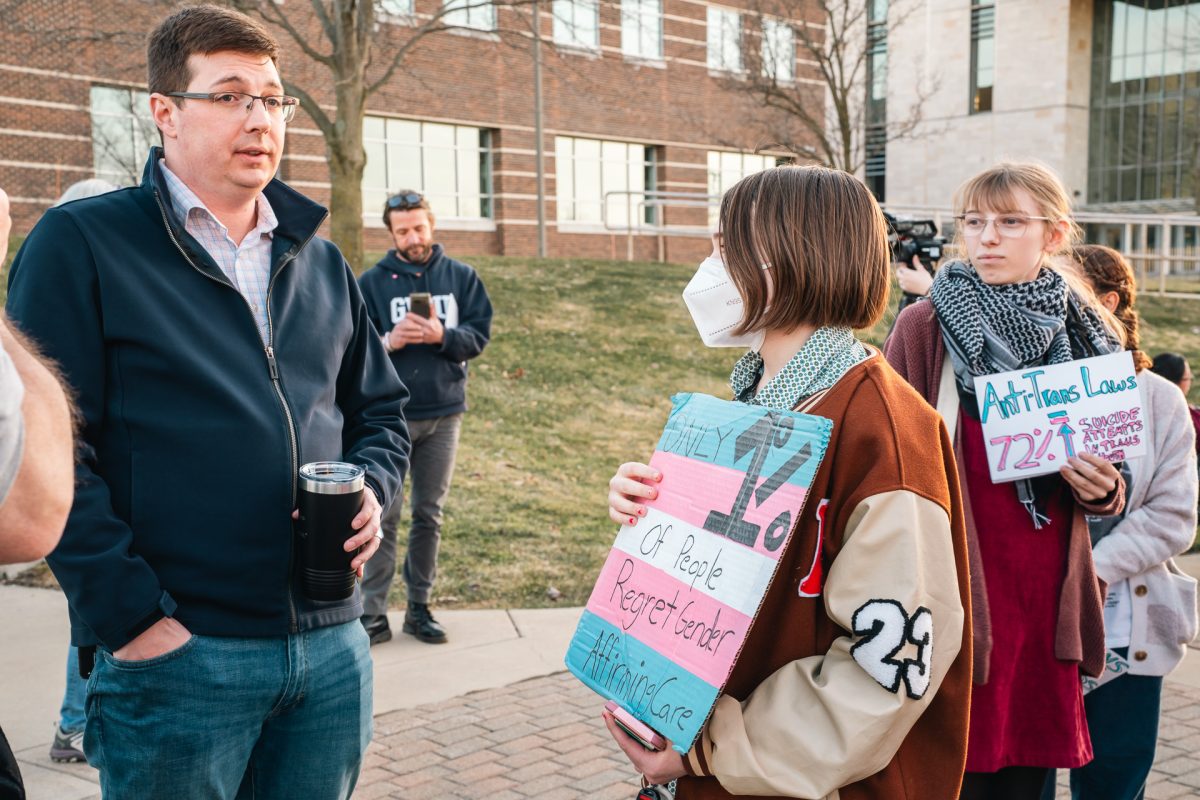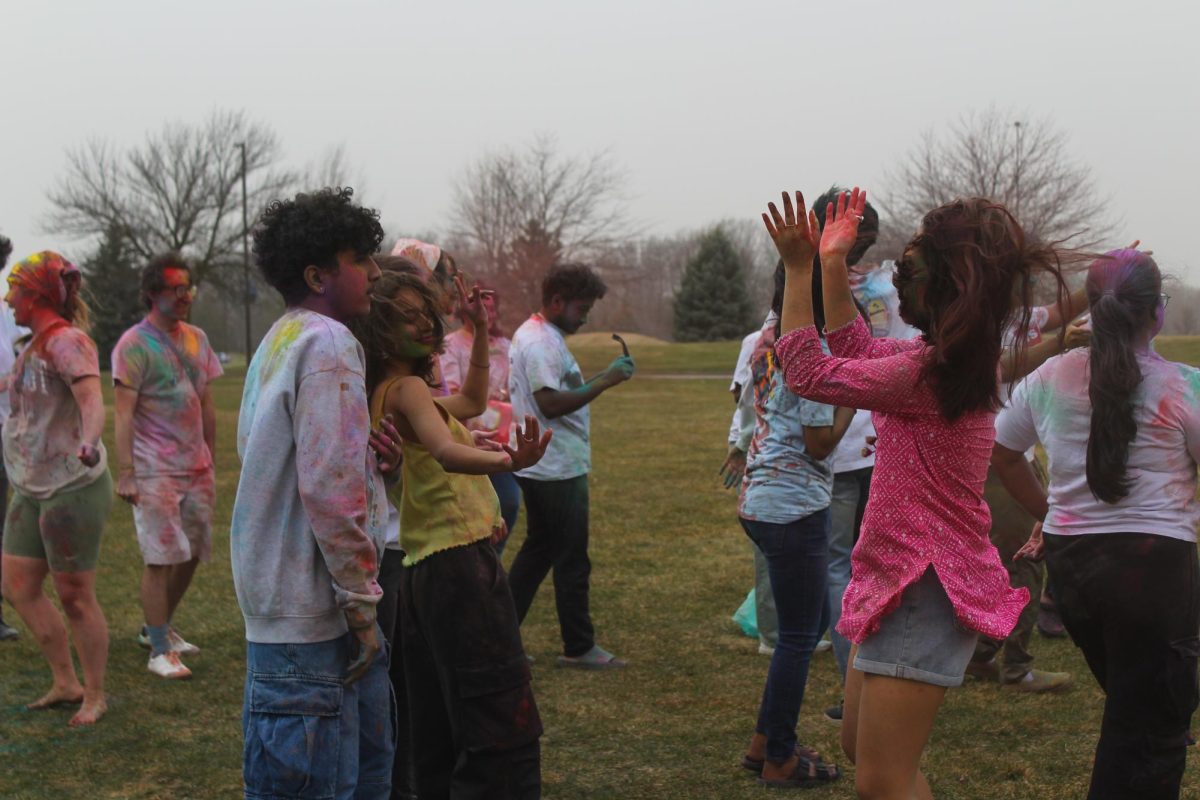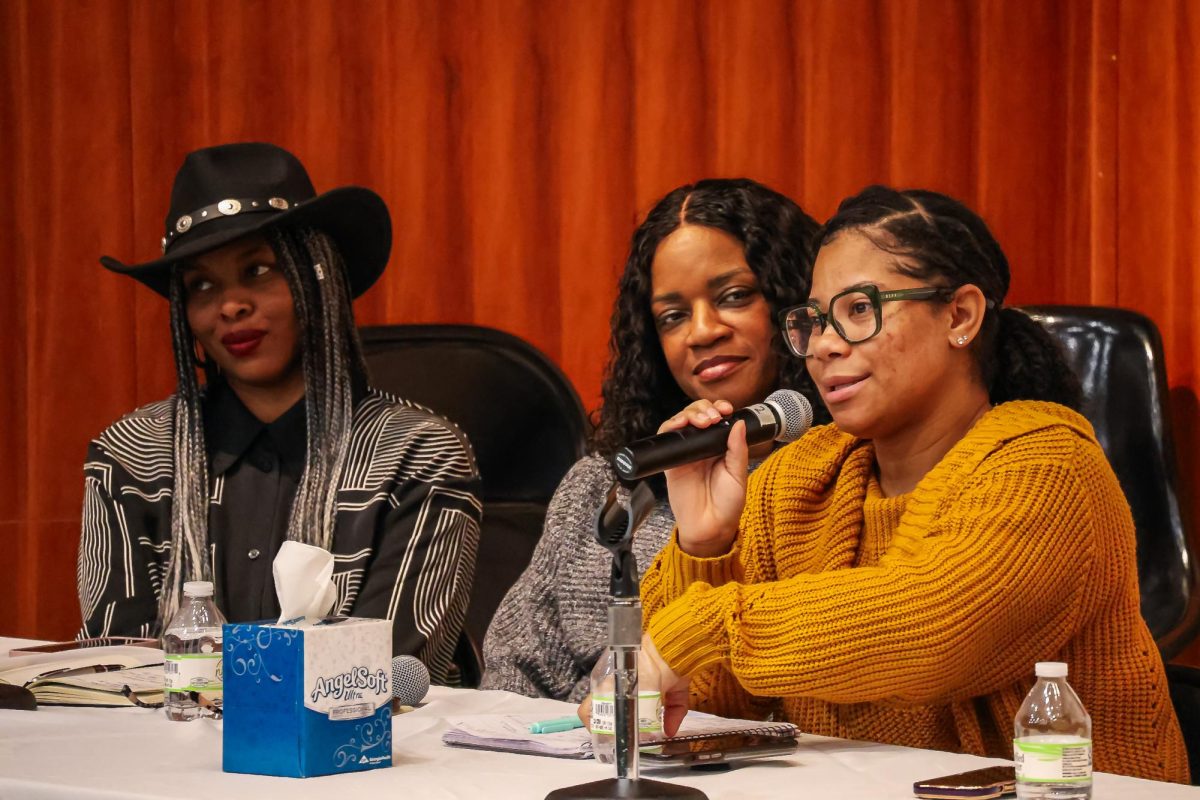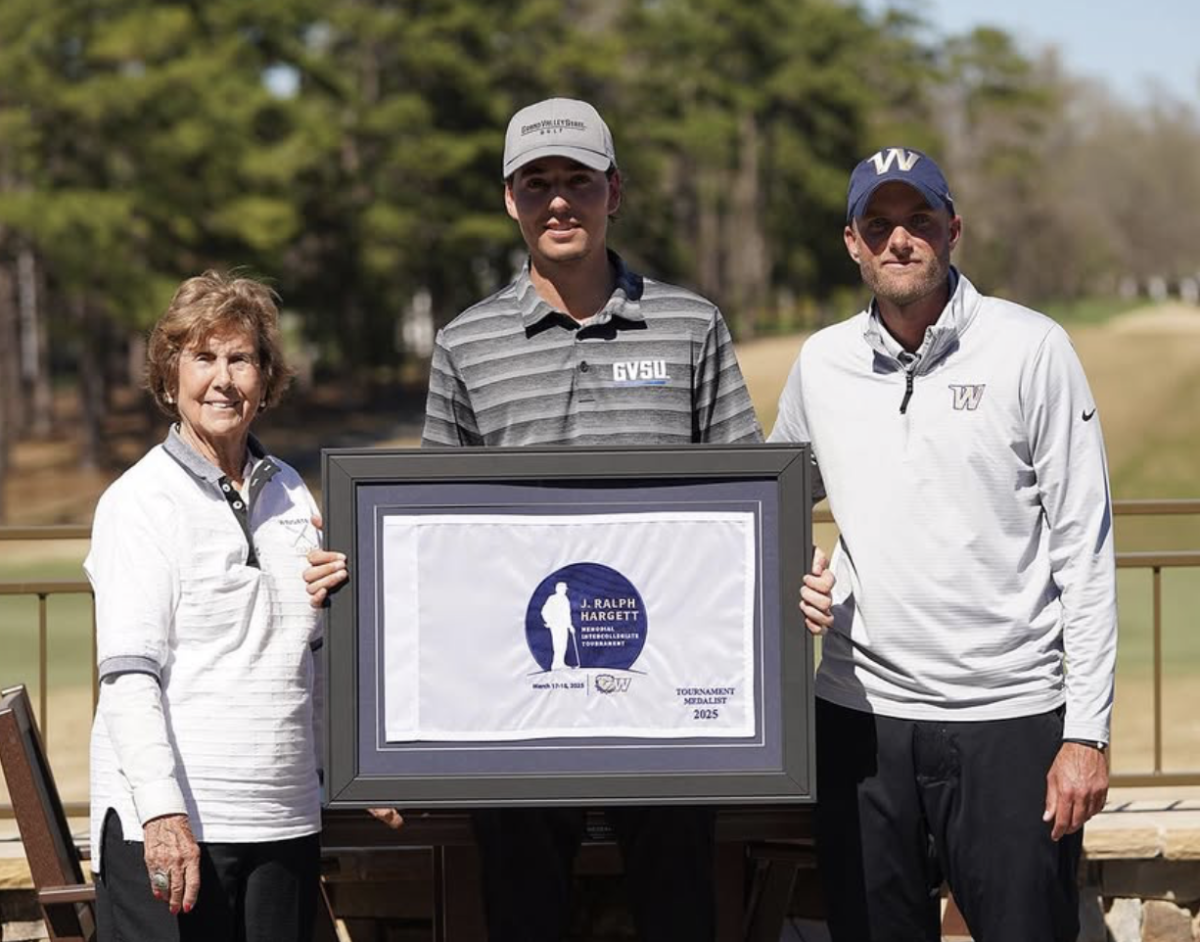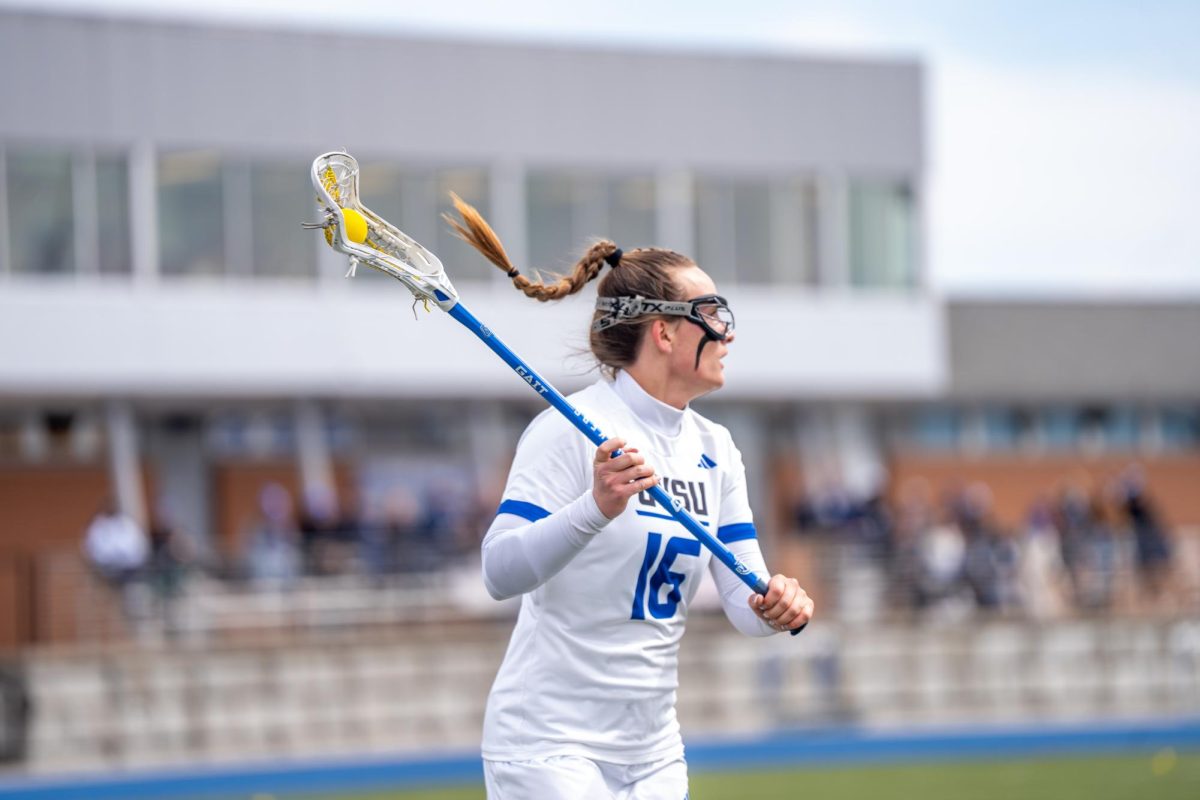VAT discontinues classroom contact tracing
Jan 31, 2022
Grand Valley State University’s Virus Action Team (VAT) and COVID Awareness Team (CAT) have discontinued contact tracing in classrooms and in faculty and staff meetings.
Faculty and staff were notified of the change via email on Jan. 24 as the third week of winter semester classes began. The message said that cases had decreased since the first week of classes and that the VAT anticipates fewer cases moving forward.
“The Virus Action Team and COVID Assessment Team (CAT) have on-going discussions with the Ottawa and Kent County Health Departments on best practices for close contact notification and quarantine,” the VAT said via email. “Based on these discussions and our experiences in 2021, the decision has been made to discontinue contract tracing in classrooms.”
While this part of GVSU’s COVID-19 mitigation plan has come to an end, other strategies will continue, according to the email. Faculty will still be notified when students in their classes test positive for COVID-19 and continue to require quarantine for unvaccinated household contacts and close unmasked contacts.
Greg Sanial, vice president for Finance and Administration and director of the VAT, said that the CAT will now focus their efforts on household members and unmasked close contacts of those who test positive.
“CAT continues to contact trace close contacts of positive cases, focusing efforts on those who are most at-risk: household members and unmasked close contacts,” Sanial said. “Discontinuation of contact tracing in the classroom allows CAT to notify those at highest risk sooner.”
Sanial said that contact tracing in the classroom led to many students unnecessarily isolating during the fall ’21 semester- they never tested positive for the virus after masked exposure in the classroom. Ultimately, this disrupted students’ learning and didn’t provide any health or safety benefits to others in the same classroom
“During fall semester, we quarantined unvaccinated students who may have been exposed in a classroom,” Sanial said. “None of those quarantined students tested positive and needed isolation.”
Students who do test positive for the virus should report their results via GVSU’s daily self-assessment. Sanial said that those who do test positive are required to isolate and are not welcome in class while they are sick. Instructors will be notified when a student in their class tests positive.
Contact tracing in classrooms is no longer required by the Ottawa and Kent county health departments. Jonathan Arringdale, public health nurse for Kent County Health Department (KCHD) who meets regularly with the VAT, said contact tracing has become a challenge for area schools amid the surge of omicron cases.
“We recommend they continue to contact trace, even though there’s a surge and of course, you’re gonna have a lot of cases,” Arringdale said. “We always recommend you do the very best that you can with the people that you have.”
Cathy Armstrong, public health nurse with KCHD, said that public health orders have changed now that vaccines and masking policies have reduced the threat of COVID-19 to public health.
“The public health order is a legal requirement that schools have to comply with; it’s a last ditch effort or worst case scenario, and we only can do it legally if there is a threat to the public health,” Armstrong said. “With the introduction of vaccines and schools doing contact tracing, there’s no reason that we would have to require it from a legal standpoint.”
GVSU students were notified of the change in an email from the VAT on Jan. 27. The message came after details of the email sent to faculty and staff had circulated among students on social media.





